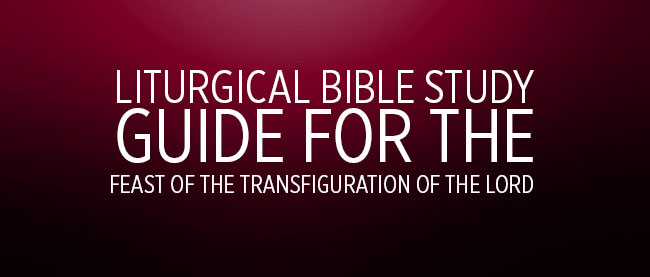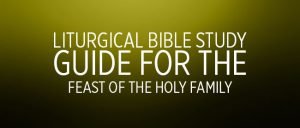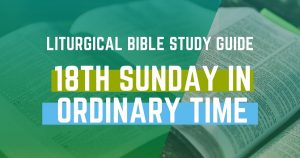Introduction
According to explicit accounts in the first three gospels (Matthew 17:1-13; Mark 9:2-13; Luke 9:28-36), the Apostles Peter, James and John witnessed an unveiling of the divine glory of Christ, and the appearance with Him of Moses and Elijah. This event has come to be called the Transfiguration on the basis of the scriptural report, “He was transfigured before them”. According to tradition, the transfiguration occurred on Mount Tabor, but some believe it may have taken place on Mount Hermon or even on the Mount of Olives. There are no Old Testament parallels for this event, the closest being Moses’ face shining after he had visited with God on Mount Sinai (Exodus 34:29-35).
The feast of the Transfiguration became widespread in the West in the eleventh century and was introduced into the Roman calendar in 1457 to commemorate the victory over Islam in Belgrade. Before that, the Transfiguration of the Lord was celebrated in the Cyrian, Byzantine, and Coptic rites.
1st Reading -Daniel 7:9-10, 13-14
As was said in the introduction to this feast day, there is no direct Old Testament parallel to the Transfiguration. Our Old Testament reading for today comes from the book of Daniel. We all remember Daniel from his encounter when he was thrown into the lions’ den but there is much more to the book than that. The aim of the book is to show that the God of Israel, the one true God, is greater than the pagan gods.
Everything we know about Daniel (the name means “God is my judge”) comes from this book. He belonged to the royal family of Zedekiah and was taken, by order of Nebuchadnezzar, in captivity along with other Jewish children, to Babylon in 605 B.C.. Like certain other young men he was later chosen by the king to be brought up and educated at court, where he was given the name Belteshazzar. God endowed him with special wisdom which soon led him to enjoy the king’s favor; he was so successful in interpreting the king’s dreams that he was appointed ruler of the province of Babylon. King Darvis wanted to make him prime minister, but the envy of his other ministers frustrated this plan; they plotted his death but God saved him in a miraculous way (the lions’ den episode).
There are two quite distinguishable parts in the book: in the first part (chapters 1 through 6) Daniel tells of his personal experiences at the royal court and ends with the experience in the lion’s den. The second part relates four prophetic apocalyptic visions which Daniel received. It is from the first of these visions that our reading for today comes and it is a description of the celestial court.
2nd Reading – 2 Peter 1:16-19
At the time of the Protestant revolt (they didn’t reform the church, the Council ofTrent did after they left it) Martin Luther wanted to omit James, Jude, 2nd Peter, 2nd & 3rd John, Hebrews and Revelation from the canon of the New Testament.
The 2nd letter of Peter was written from Rome about a year before Peter’s martyrdom (this would date the letter about A.D. 63). Various commentators place the date as late as A.D. 140 based on its discussions of Gnostic problems but these same discussions can (and do) address the heresies and errors of the Simonites and the Nicolaitans who were around in A.D. 63 and were forerunners of Gnosticism.
Around 1968 in German Lutheran circles the question of the place of 2nd Peter in the canon was reopened on the ground that the epistle shows objectionable signs of “early Catholicism”, that is, the idea of an authoritative interpretation of scripture.
Gospel – Matthew 17:1-9
The transfiguration occurred shortly after the feeding of the five thousand and the four thousand. The account of the transfiguration confirms that Jesus is the Son of God and points to fulfillment of the prediction that He will come in His Father’s glory at the end of the age (Matthew 16:27). This event marks the beginning of Jesus’ journey to Jerusalem for His passion. If this reading sounds familiar, it is because we last heard it on the Second
Sunday in Lent during this cycle.





